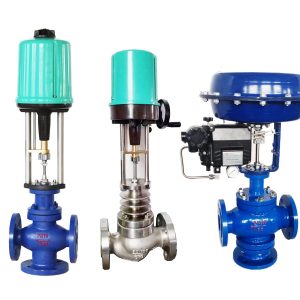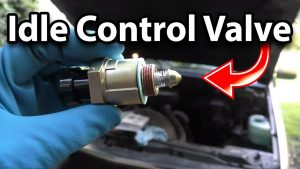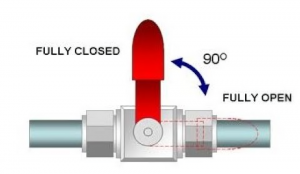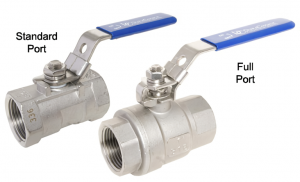Valves can work for many functions in pipelines and production lines of many different industries. They can be used to monitor flow, pressure, stroke, and more. They can also act as protective equipment which can prevent hazardous issues. Valves could be dealing with gases, fluids, and semi-fluids. Their function is to give direction and regulations to these elements.
Types of Valves for Chemical Industry
The chemical industry can involve various processes. There is control established through the means of electrical, hydraulic, pneumatical, and sometimes through manual basis. The valves used should be able to handle the pressure, and prevent any leakage. Different valves are known for their different functions.
Butterfly Valves
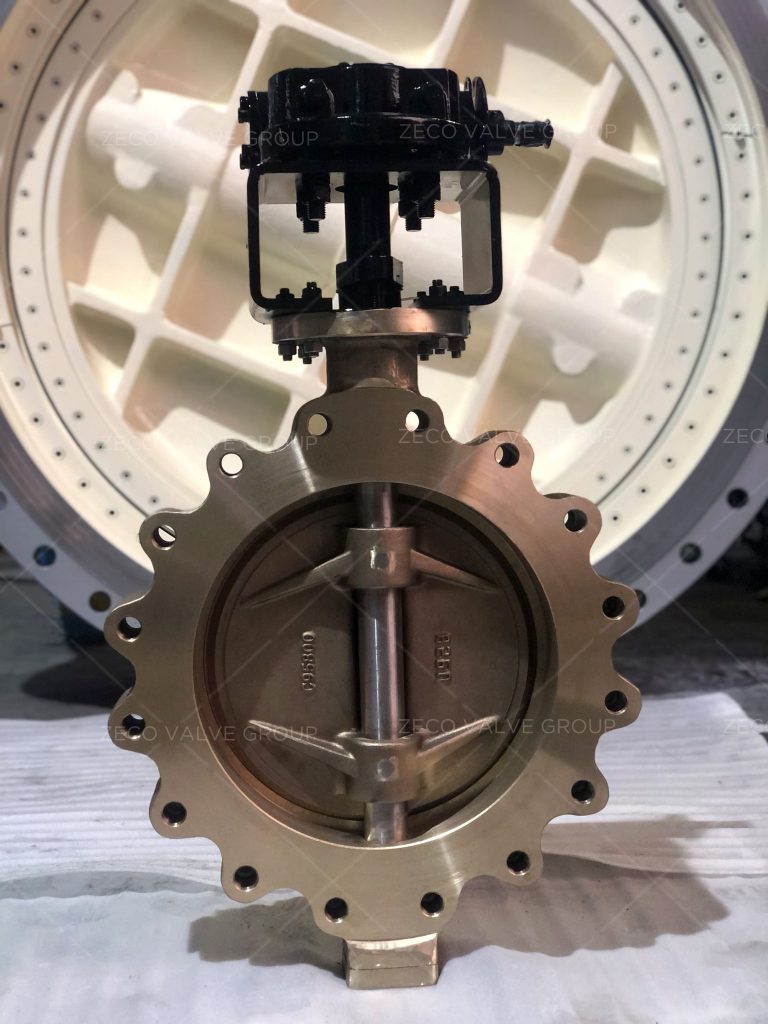
For open/close actions that can take place easily; Butterfly valves are the ideal option. Their installation requires less effort, and they can work with various actuators. Moreover, their maintenance will not take a toll on your expenses, because that requirement is minimal.
Butterfly valves are also important because they can slow the flow of the substance. Another advantage is that they are light in weight. They are also very precise. However, if proper sealing is your main concern, then you might want to consider another valve because butterfly valves can have poor sealing functionality.
Ball Valves
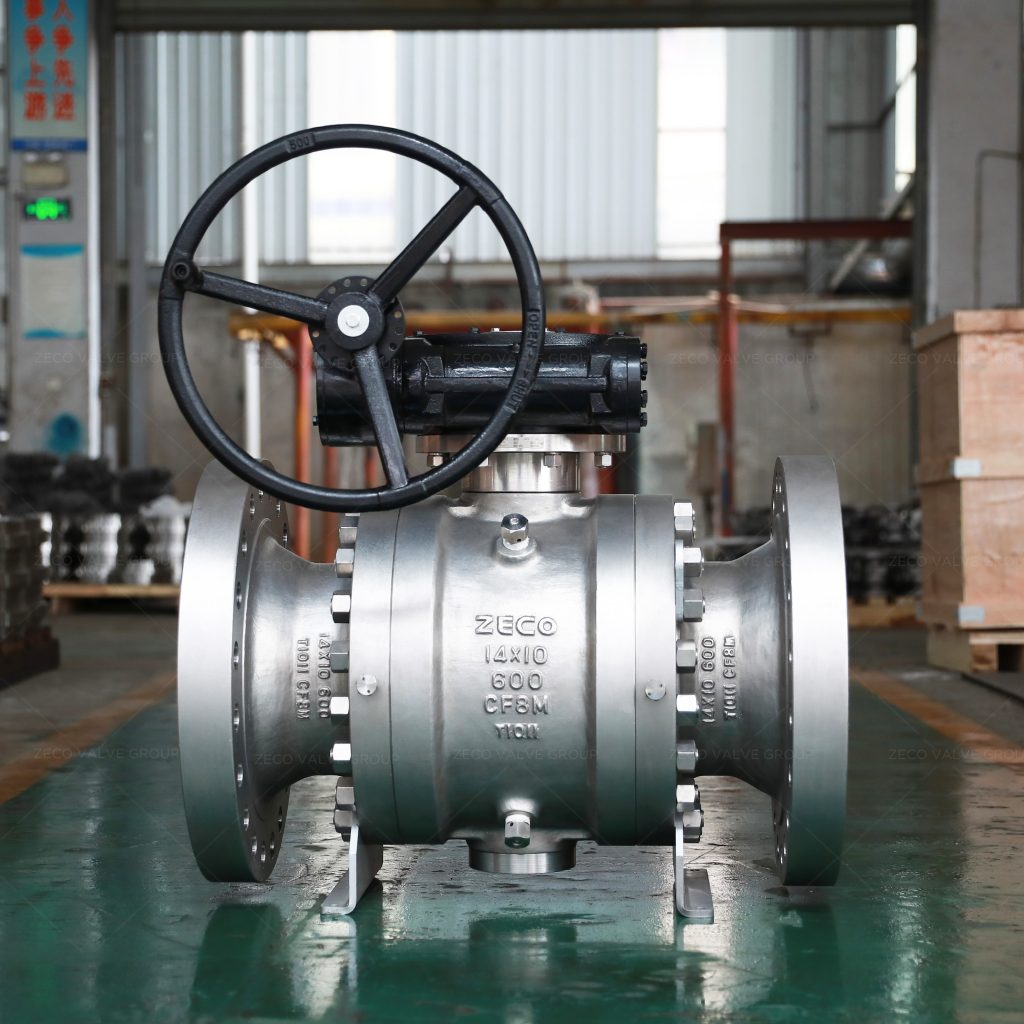
Ball valves are used to control pressure and flow. One feature that makes them so useful is that they’re leak-proof. Thus, these valves are fantastic in the chemical industry when liquids are involved. In terms of structure, they have a group of rotating ported spheres, or balls with holes, that shift to block or permit flow.
They’re most common in systems that control flow from compressed air lines with direction towards high-pressure hydraulic systems. Their popularity, though, stems from more than just fantastic function. They’re cost-efficient, compact, easy to use, and require very little maintenance.
Gate Valves
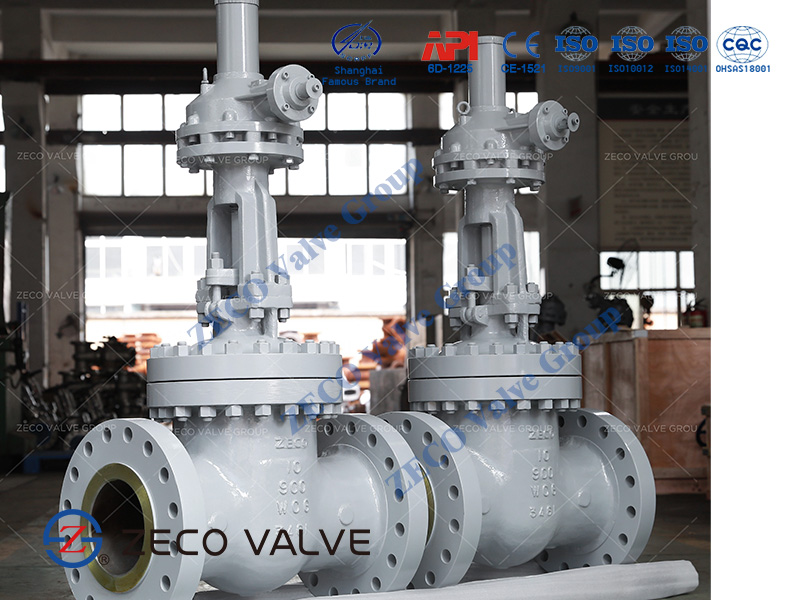
Gate valves are primarily shut-off valves. That is, they are fantastic at preventing any and all flow of liquid. Throttling with a gate valve, while possible, isn’t recommended. This is due to potential damage to the disc and, over time, possibly permanent damage that renders the valve useless.
In terms of function, gate valves have a plate barrier that enters and retreats from a stream of liquid, operated via twisting a top handle. Alternatives include parallel plates and wedge-shaped plugs. The wedges offer additional variety, making gate valves a great choice for various uses.
These shine most in chemical plants that are most involved with liquids. Still, though, it’s also possible to use gate valves for gas and solids, to a degree. They’re also divided into two primary groups. These are rising-stems and non-rising stems. The former enhances visibility whereas the latter prevents damage from corrosive environmental conditions.
Globe Valves
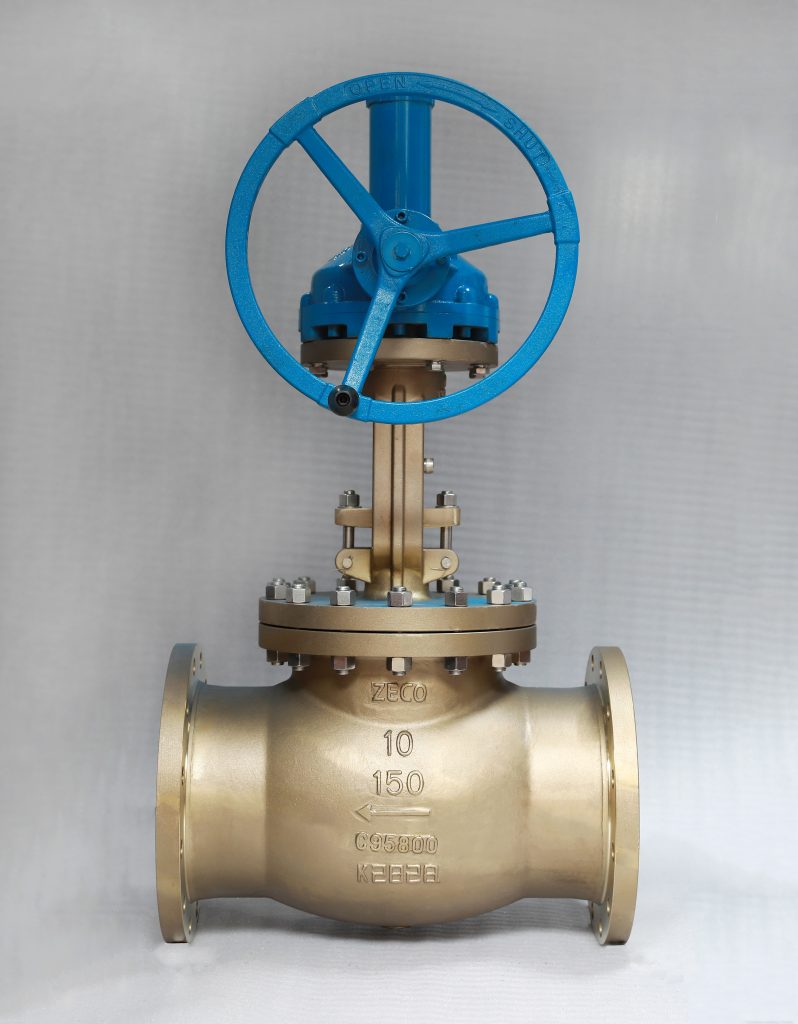
Globe Valves can be ideal for manual operation. They can work for automatic operations as well. They can be used to regulate flow and pressures. Furthermore, they can also function as completely shut or open flow valves. These sphere-shaped valves have two divisions on the inside. They operate in a linear movement.
Check Valves
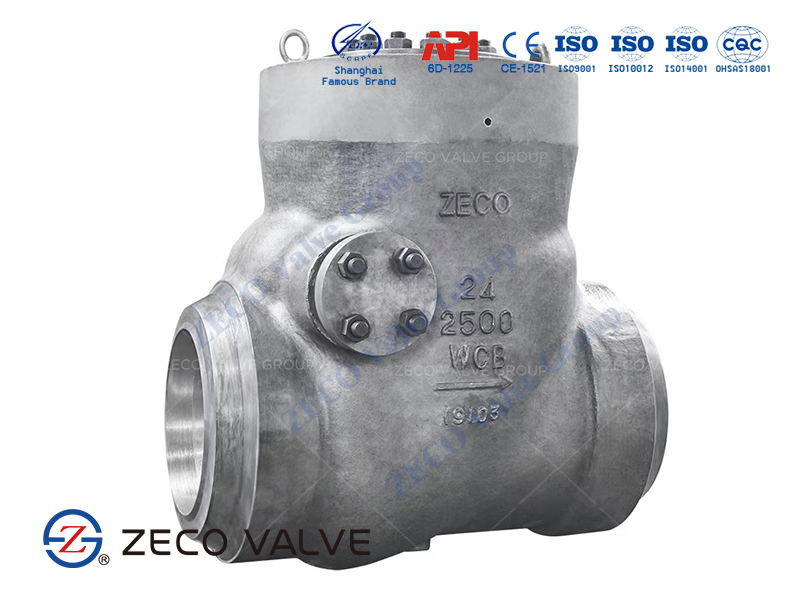
Check valves are two-port valves with two openings that allow fluid to flow through in one direction and prevent flow reversal. They’re used in a plethora of industries but are also quite present in the chemical industry. Interestingly enough, they lack a handle or stem. This is because they work automatically and don’t require manual handling.
They come in three forms. These are swing check valves, piston check valves, and lift check valves. The first is most compatible with fluids that move at slow speeds. The second, composed of a disc, piston, or ball, is built for smaller pipes with frequent and significant pressure drops. The third, and final form, is a stem operated version that’s made to resist high temperatures, pressure levels, and highly corrosive substances.
A constant between the different forms is how they react to cracking, reseal, and back pressure. The consistency is found in that they’re built to withstand high levels of the three forms of pressure. This is, to the minimum differential between the inlet and outlet of the valve, pressure present during the closing of the valve, and higher pressure at the outlet than the inlet.
Plug Valves
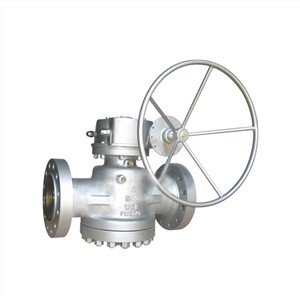
Plug valves are similar in design to ball valves. They’re classified as quarter-turn valves that control the flow of fluid through a pipe. It does so via a ported plug that swivels into the stream to allow or constrict the liquid. While primarily used for shutting off or permitting a material’s passing, they can also function, to a lesser degree, as a flow regulator.
It’s important to make a distinction between plug valves and lubricated plug valves. The latter, as its name suggests, involves lubrication between the plug and valve. This serves as something of a sealant, whereas unlubricated alternatives use a sleeve made of polymer for friction relief and sealing.
Actuated Valves
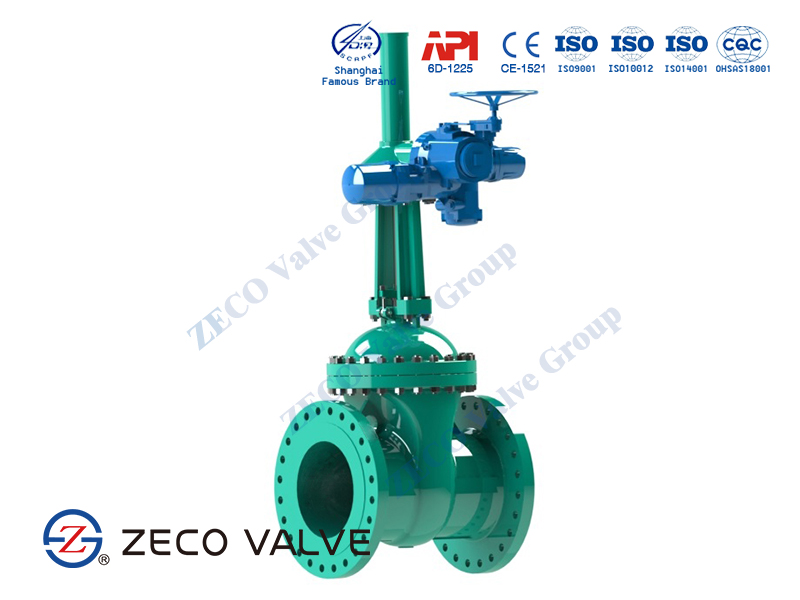
Actuated Valve requires a 90-degree turn to completely shut off or open. There can be a pneumatic actuated valve, electric actuated valve, and hydraulic actuated valve. Actuated valves have their own set of functions just like the other valves described above.
Cases of ZECO Chemical Valve
These valves are said to be adaptive to various pipe systems. The piping pressure is required to be low in the case of actuator valves.
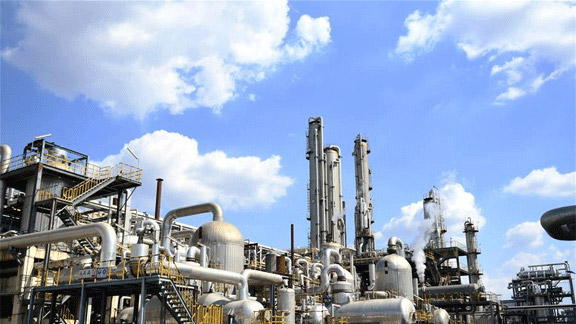
INDIA JSW DOLVI 1 Million Tons Coke Oven Project
ZECO VALVE provided lug butterfly valves, cast steel gate valves and motorized ball valves and some other industrial valves.
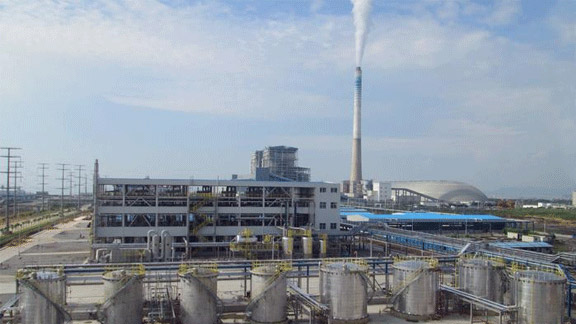
SINOPEC Nanjing Engineering & Construction Inc.
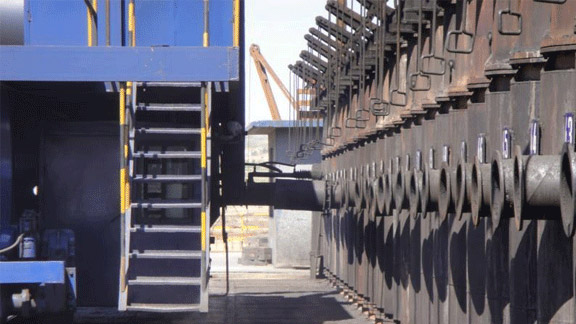
TISCO Expansion Coke Oven Project (VIETNAM)
Fine Chemical Valves
In view of the needs in the fine chemical industry, ZECO Valve specially designed titanium and nickel alloy valves to ensure the stability of the valves, to withstand corrosion under different working conditions, to extend the service life, and to increase the productivity benefits of users. With rich customization and project experience, we can certainly give you a perfect choice!






